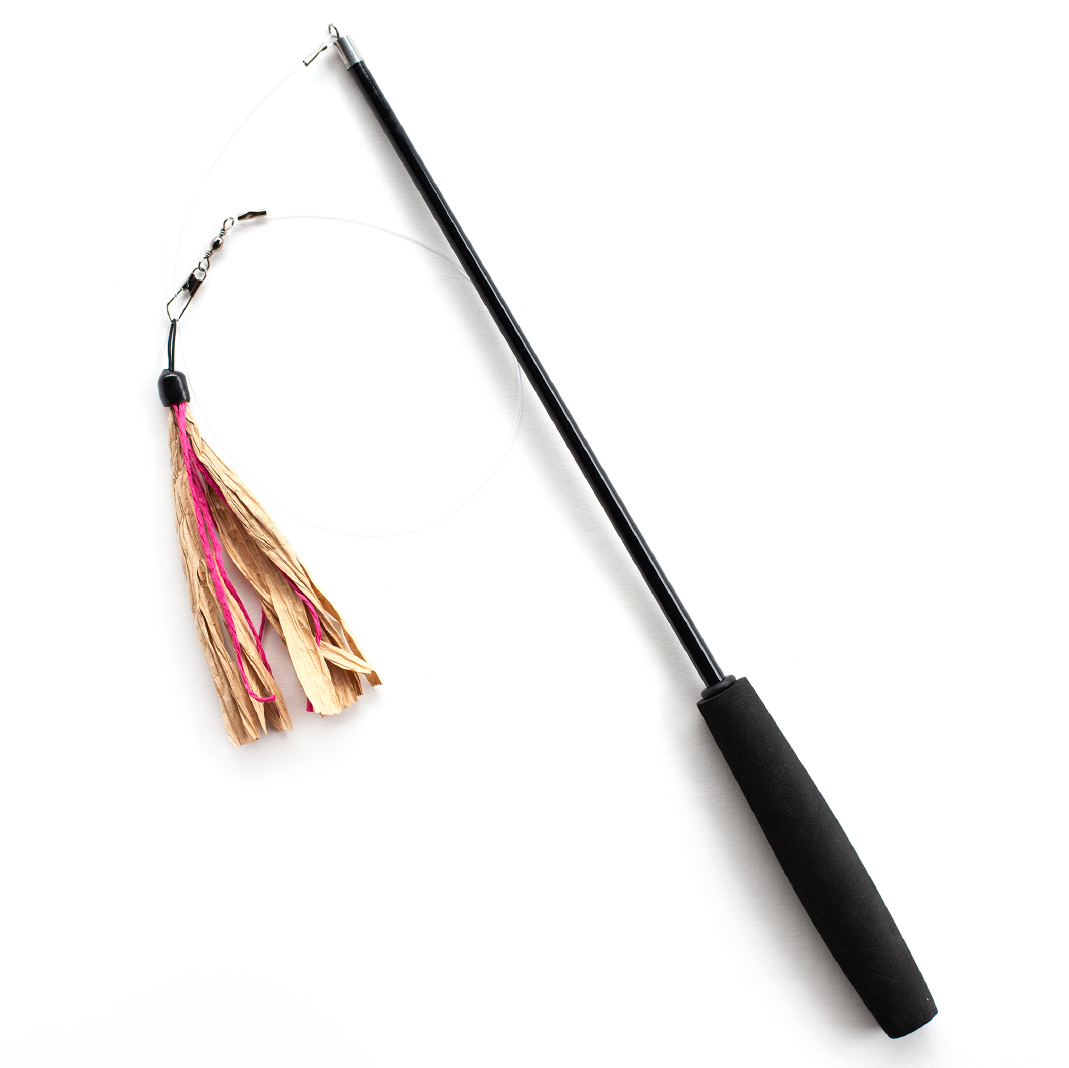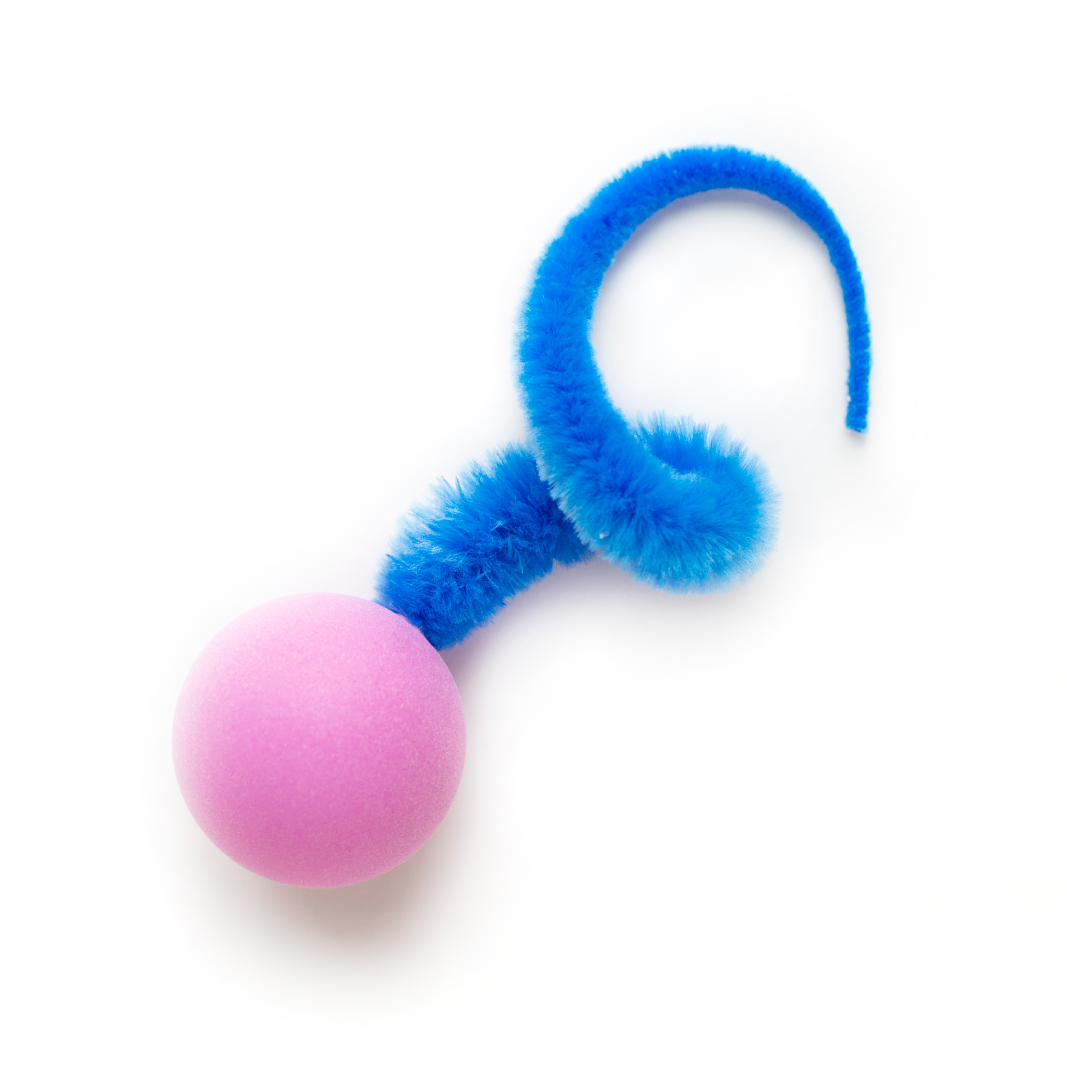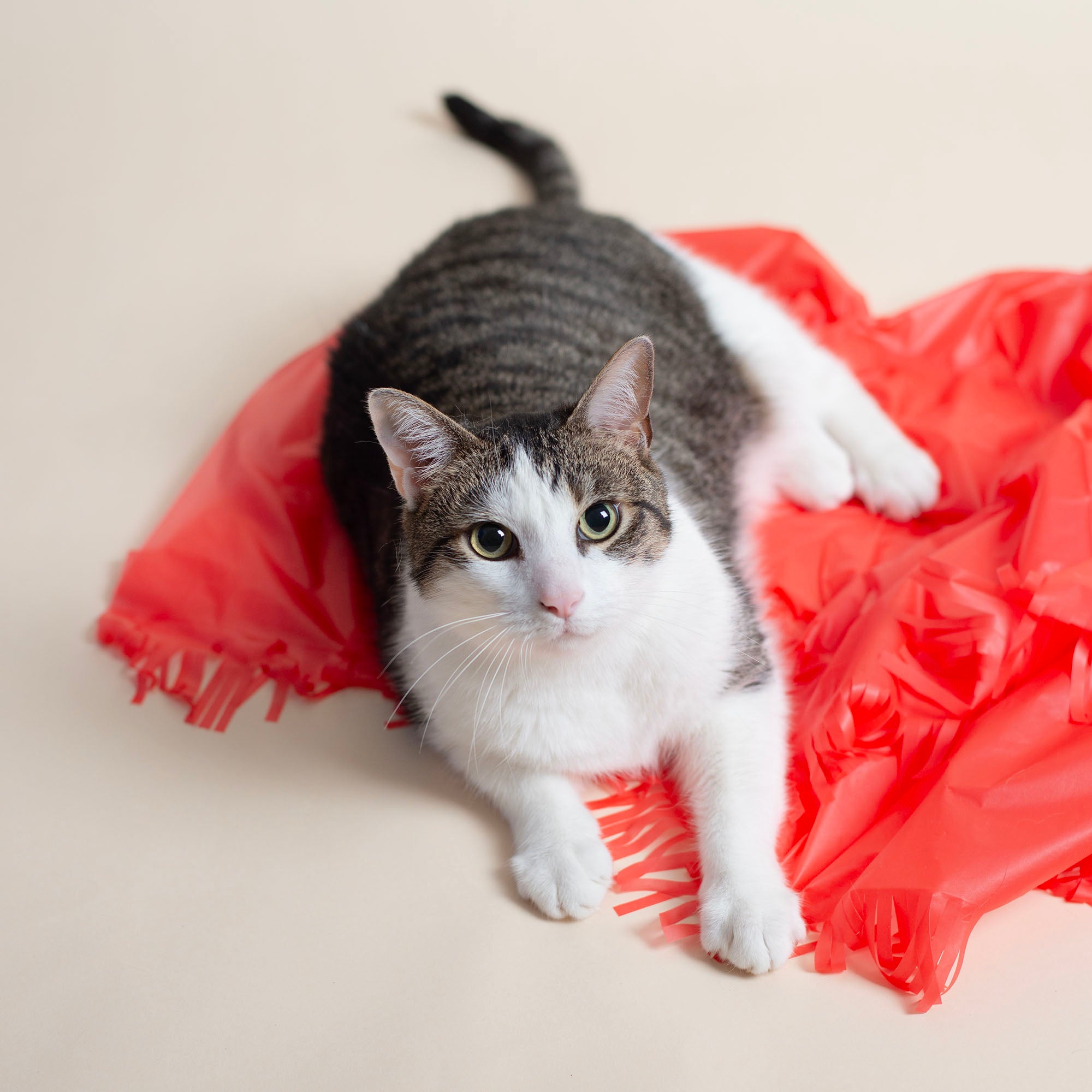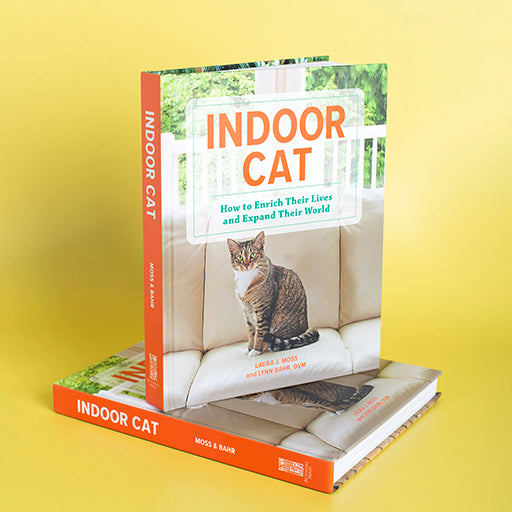Cats who love to knock things down

Cats are interesting creatures. They are at turns wildly independent and incredibly needy. They want to cuddle and play but on their own picky terms. And then there’s that unusual habit of knocking things off tables and counters.

But why do they do it?
The answer may lie in a cat’s unique hunting instincts. Cats are experts at staying alive in the trickiest of circumstances. As both hunter and prey, cats have adapted some really smart behaviors for gauging their surroundings, especially when it comes to potential food sources. If you watch them carefully, you’ll see cats nudge and swat at objects all the time to determine if it is friend, food or foe.

Outdoors, a stray kitty may give a bug a wary nudge with its paw to gauge the bug’s worth. The logic behind this is pretty simple. If it scurries away, it’s potential prey. If it attacks, kitty will run away. If it stays still, it’s probably nothing to be bothered with.

In our homes, many of these same instincts come out when cats explore their indoor surroundings. When your cat comes across a new object, she will approach carefully as she uses her senses to inspect this unknown entity. She may sniff, stalk or swat to determine if it’s something to play with or something to eat. Or maybe it’s both!
So why does kitty knock your favorite knick-knack off a shelf? It’s not because he doesn’t want you to have nice things. He’s hunting; he’s gauging his surroundings. He might even be doing it to get your attention.

If you come running every time your ferocious feline knocks something over, you might have encouraged the behavior. Your cat has learned this is an easy way to get some one-on-one time with you. Just like a child who will engage in negative behaviors for mommy’s attention, so will our feline companions. In short, they have us trained. So it’s important to remember we can change this.
First, place keepsakes and breakables out of reach or display them safely in a curio cabinet. Keep important papers and dishes put away where your cat can’t get to them. This part isn’t fun, but it might be essential for a home with a curious kitty.

The second tip for changing this behavior is a bit more fun. Try some new toys that can easily be batted around like our Wiggly Ball Ping, Pong, or Ball. These interactive toys will encourage your pet to swat and chase and because of the wiggly tail, they mimic prey, enticing kitty to stalk and hunt the right things around your home.
You can also try putting her current favorite toys on a shelf or table. That way she can knock off something that won’t send you running to scold her.
Finally, remember to spend some quality time with your feline companion. She needs love too, and her so-called “naughty” behaviors might be a signal that she wants you to play with her. Indoor cats need lots of stimulation so they don’t become bored, or worse, depressed. Make sure you’re encouraging meaningful play that mimics hunting and changing out those toys regularly.
Share:
2 comments
-
Where can I buy one and how much is it?
Jackie Schreiber on
-
I am a big fan of wiggly balls! I actually bought it for one of my cats who didn’t show any interest in it. Then when I adopted a 4 year old, he loved it. My original cat (Bradley) is so jealous of my new cat (Winston) that when Winston thought the wiggly ball was fun, well then Bradley did too. Now they spend hours playing with them! It’s so much fun to watch it too!
Margaret Babcock on









